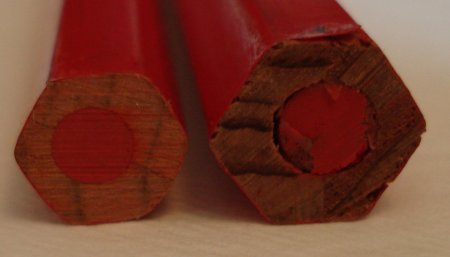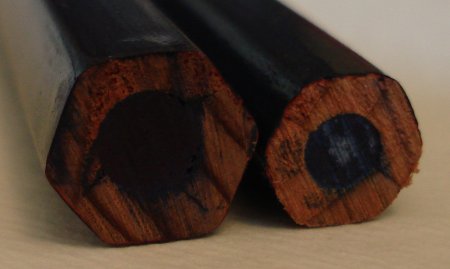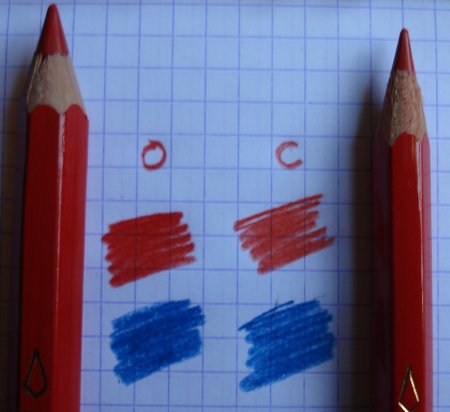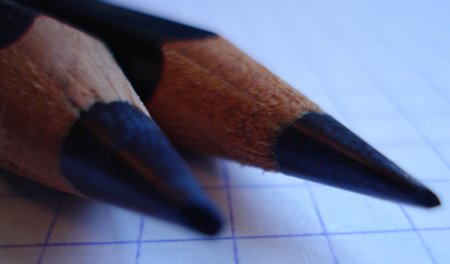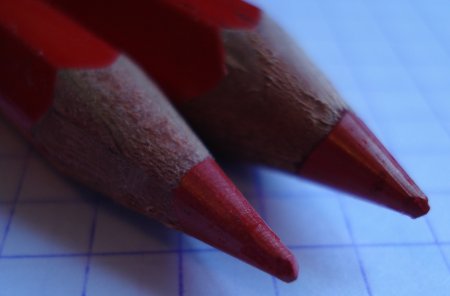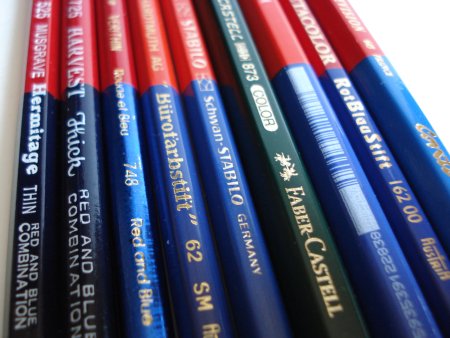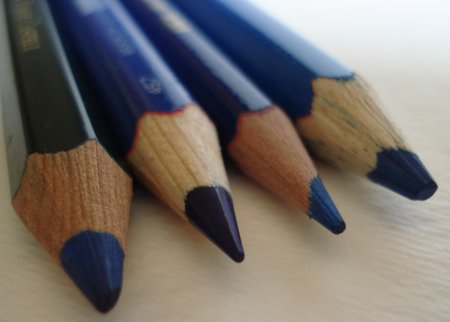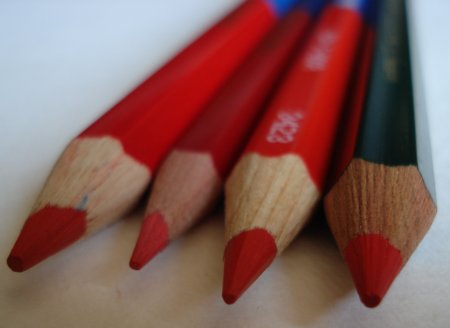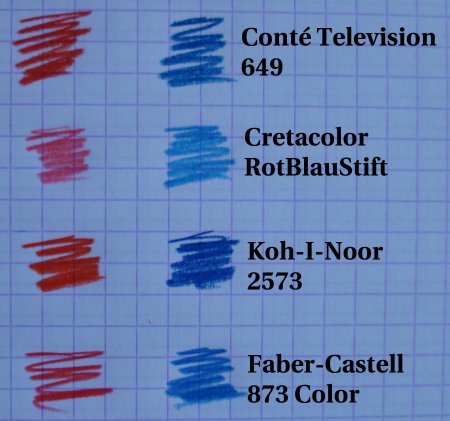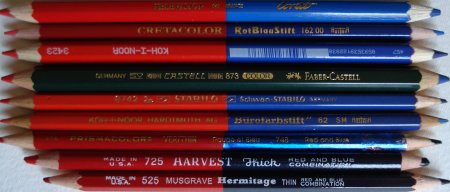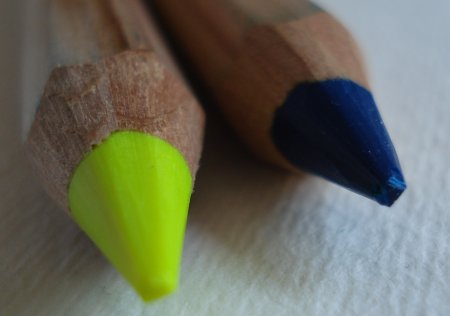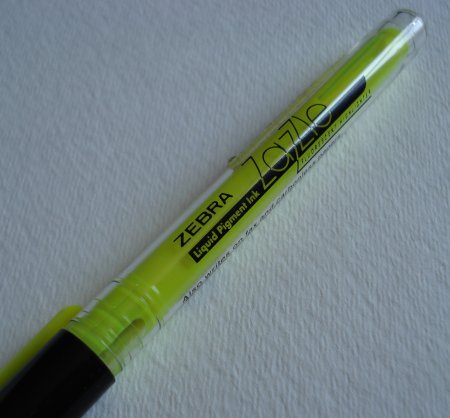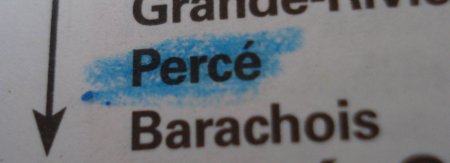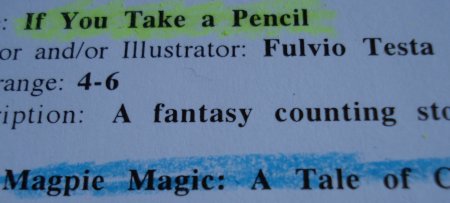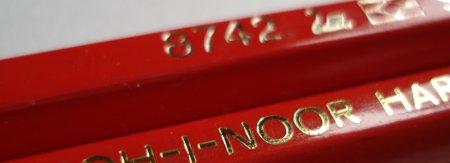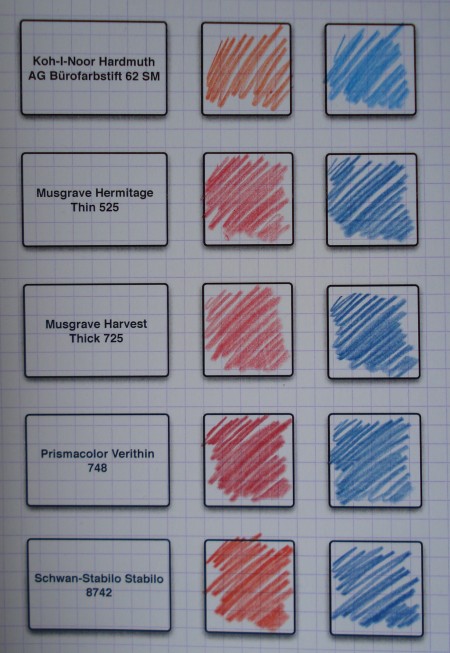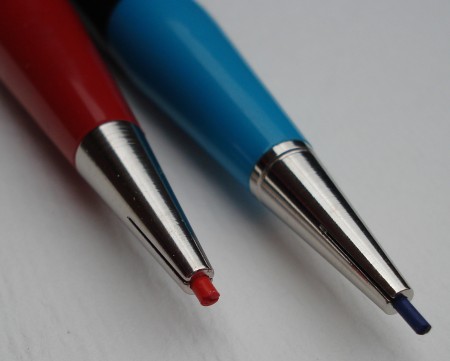
The red and blue pencil concept also exists in the mechanical pencil realm. The Autopoint Twinpoint is a mechanical pencil with lead at both ends!
Each end is colour coded red or blue, and dispenses a corresponding lead. Though the product is named the “Twinpoint”, this pencil type seems to be popularly known as a “double ender”.

The ownership of Autopoint has changed over the years, but material at Guide to Autopoint and Dur-O-Lite Spiral Pencils indicates that this pencil type was sold by Autopoint as far back as the 1920s!
Autopoint today still sells a very similar lineup to that seen in 1960s catalogues, with no product modernization. They are one of these lines that doesn’t have to imitate “retro” – they are retro! Yet – in some ways their products appear very modern.
If you can find them at retail (I can’t), these pencils should be under $5 – a real bargain for an interesting and unique writing implement with so much history.
It comes in two versions – 0.9mm, and 1.18mm, both traditional lead sizes. Strangely, the blue leads don’t seem to be the same – the 1.18mm version is a lighter, fainter blue, while the 0.9mm version is more of a navy blue.
The red seems to be on the pink side, unlike woodcase red and blue pencils, where the reds are more orange hued.
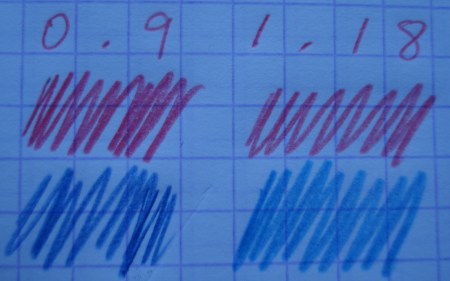
Each pencil comes with two silver-coloured cardboard containers with refill leads. These are also a delightful retro item.
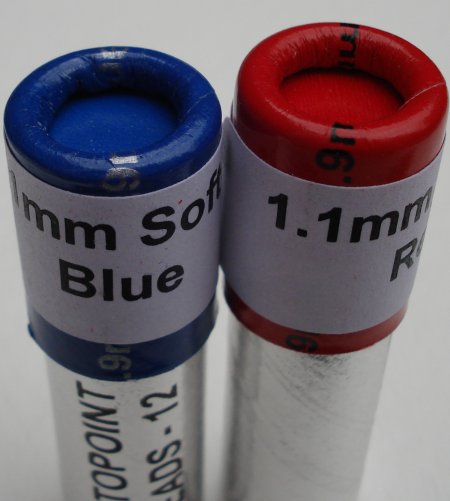
As well, if you buy one of these pencils, you probably won’t want to throw away the box, as it contains the refill instructions. Not quite the Yard-O-Led experience, but still complex enough. (Unscrew the plunger? Huh?)
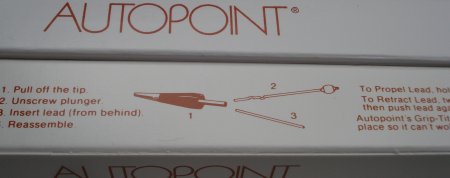
Further on red and blue pencils:
From penciltalk.org:
Red and Blue pencils
Red and Blue pencils II
Television! (The Conté Television 649 red and blue pencil)
Red and Blue pencils IV – Viarco
From stdk.de:
Rot-Blau-Stifte


